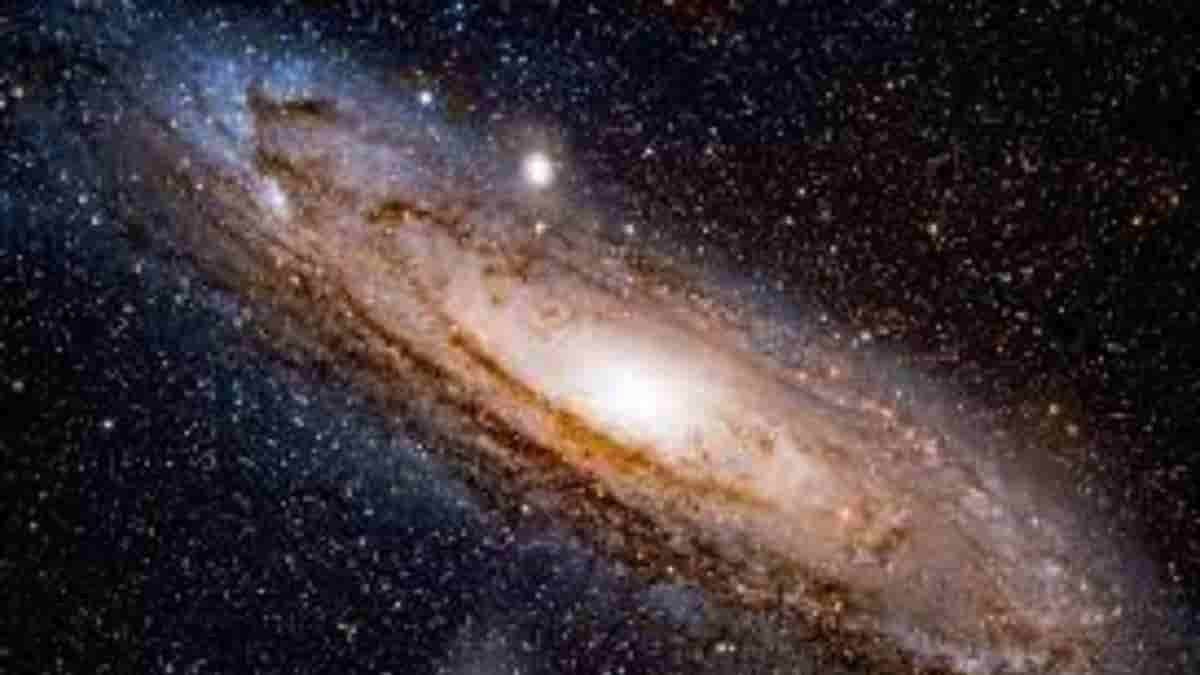Know These Crazy facts about The Andromeda galaxy

The Andromeda galaxy is the nearest massive spiral galaxy to our own, despite the fact that several dozen smaller galaxies are closer to our Milky Way. The Andromeda galaxy is the brightest external galaxy you can see, excluding the Large and Small Magellanic Clouds, which may be seen from Earth’s Southern Hemisphere. It is the furthest object that the majority of us humans can see with our unaided eyes at a distance of 2.5 million light-years.
The massive spiral galaxy Triangulum, at 2.7 million light-years away, is a little further away. It belongs to our Local Group of galaxies, much like the Andromeda galaxy does. Additionally, it is allegedly sometimes visible to the naked eye. However, because it faces us, it has a low surface brightness. It’s quite difficult to view, unlike the Andromeda galaxy.
The Andromeda galaxy is sometimes referred to as Messier 31, or M31, by astronomers. It was ranked number 31 on a well-known list of fuzzily-defined objects created by French astronomer Charles Messier (1730-1817). When looking for comets, his catalogue indicated “things to avoid.” These days, amateur astronomers use telescopes and binoculars to look for these objects. They are among the most exquisite deep-sky objects ever discovered.
In our Milky Way galaxy, star clusters and gas clouds make up the majority of Messier objects. However, the Andromeda galaxy is a completely distinct galaxy that is considerably larger than the Milky Way. It appears large in the sky on a clear night, a smudge of far-off light bigger than a full moon.
When to search for it
Throughout the entire year, Andromeda, also known as M31, may be seen from mid-northern latitudes. When the galaxy is high enough in the sky to be visible from dusk until dawn, however, in August or September, most people first notice it. Start your search for the galaxy in mid-evening in late August or early September, almost halfway between your local dusk and midnight.
The Andromeda galaxy can be seen in the eastern sky at dusk in late September and early October. It can also be seen high in the sky in the middle of the night when it swings overhead, and it can be seen standing rather high in the west as dawn approaches.
The Andromeda galaxy can also be seen during the winter evenings. It’s possible that you won’t see the galaxy at all if you are distant from any city lights and you are stargazing on a moonless night in the late summer, autumn, or winter. However, there are two ways to use star-hopping to locate the galaxy if you are unable to see it easily. Utilizing Cassiopeia, the Queen is the simplest method. The Pegasus Great Square is an additional option.


